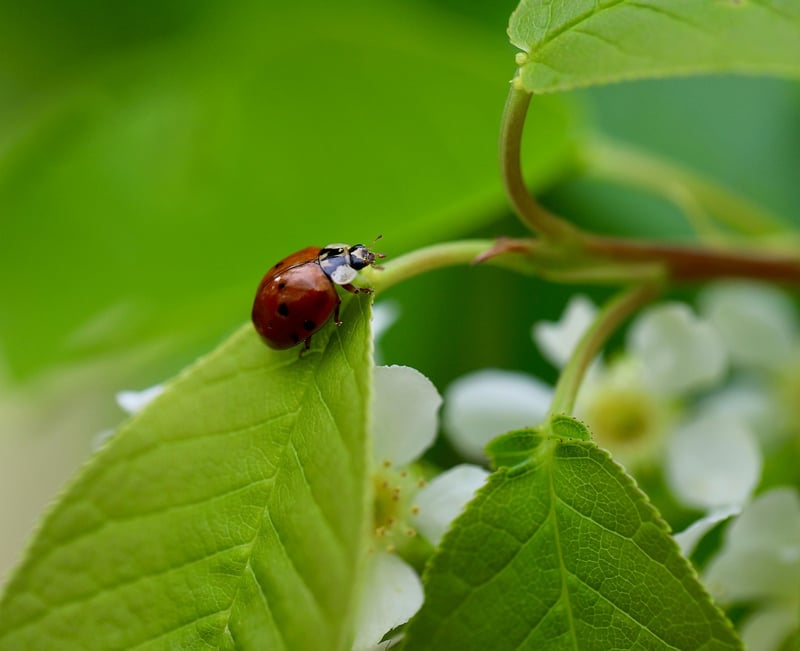Beneficial Insects
Protect Your Plants and Attract Beneficial Insects
Are you looking to keep your garden healthy and thriving while minimizing the use of harmful pesticides? One effective and eco-friendly way to achieve this is by protecting your plants and attracting beneficial insects. These helpful bugs can act as natural pest control, reducing the need for chemical interventions and creating a balanced ecosystem in your garden.
Why are Beneficial Insects Important?
Beneficial insects play a crucial role in maintaining the health of your plants. They help control pest populations by feeding on harmful bugs that can damage or destroy your garden. By attracting these beneficial insects, you can create a natural defense system that keeps your plants safe and promotes their growth.
How to Attract Beneficial Insects
- Plant a diverse range of flowers: Different beneficial insects are attracted to different types of flowers. By planting a variety of flowers, you can create a habitat that appeals to a wide range of helpful bugs.
- Provide shelter and water sources: Beneficial insects need places to hide and rest. Create sheltered areas in your garden, such as rock piles or wooden structures. Additionally, consider setting up shallow dishes of water for thirsty bugs.
- Avoid pesticides: Chemical pesticides can harm both harmful and beneficial insects. Opt for natural alternatives or integrated pest management techniques to protect your garden without disrupting the beneficial insect population.
- Use companion planting: Certain plants can attract beneficial insects that help protect nearby crops. Research companion planting strategies to maximize the benefits of these helpful bugs in your garden.
Common Beneficial Insects
Some of the most common beneficial insects you can attract to your garden include:
- Ladybugs: These colorful insects feed on aphids, mealybugs, and other pests that can damage plants.
- Praying mantis: Praying mantises are skilled hunters that feed on a variety of insects, making them valuable allies in the garden.
- Lacewings: Lacewing larvae prey on aphids, caterpillars, and other small insects, helping to protect your plants from harm.
- Hoverflies: Hoverflies feed on nectar as adults but their larvae consume aphids, making them a beneficial addition to your garden.
By attracting these and other beneficial insects to your garden, you can create a thriving ecosystem that supports the health and growth of your plants.
Conclusion
Protecting your plants and attracting beneficial insects is a sustainable and effective way to maintain a healthy garden. By following the tips outlined above and creating a welcoming environment for helpful bugs, you can reduce the need for chemical pesticides and promote a balanced ecosystem in your outdoor space.

Remember, a diverse and thriving garden is not only beautiful to look at but also beneficial for the environment and your plants' well-being.
